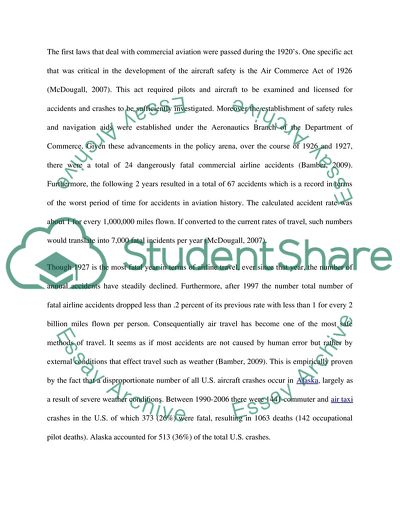Cite this document
(“Air Carrier Safety; History, Statistics, and Forecast Essay”, n.d.)
Air Carrier Safety; History, Statistics, and Forecast Essay. Retrieved from https://studentshare.org/miscellaneous/1585667-air-carrier-safety-history-statistics-and-forecast
Air Carrier Safety; History, Statistics, and Forecast Essay. Retrieved from https://studentshare.org/miscellaneous/1585667-air-carrier-safety-history-statistics-and-forecast
(Air Carrier Safety; History, Statistics, and Forecast Essay)
Air Carrier Safety; History, Statistics, and Forecast Essay. https://studentshare.org/miscellaneous/1585667-air-carrier-safety-history-statistics-and-forecast.
Air Carrier Safety; History, Statistics, and Forecast Essay. https://studentshare.org/miscellaneous/1585667-air-carrier-safety-history-statistics-and-forecast.
“Air Carrier Safety; History, Statistics, and Forecast Essay”, n.d. https://studentshare.org/miscellaneous/1585667-air-carrier-safety-history-statistics-and-forecast.


